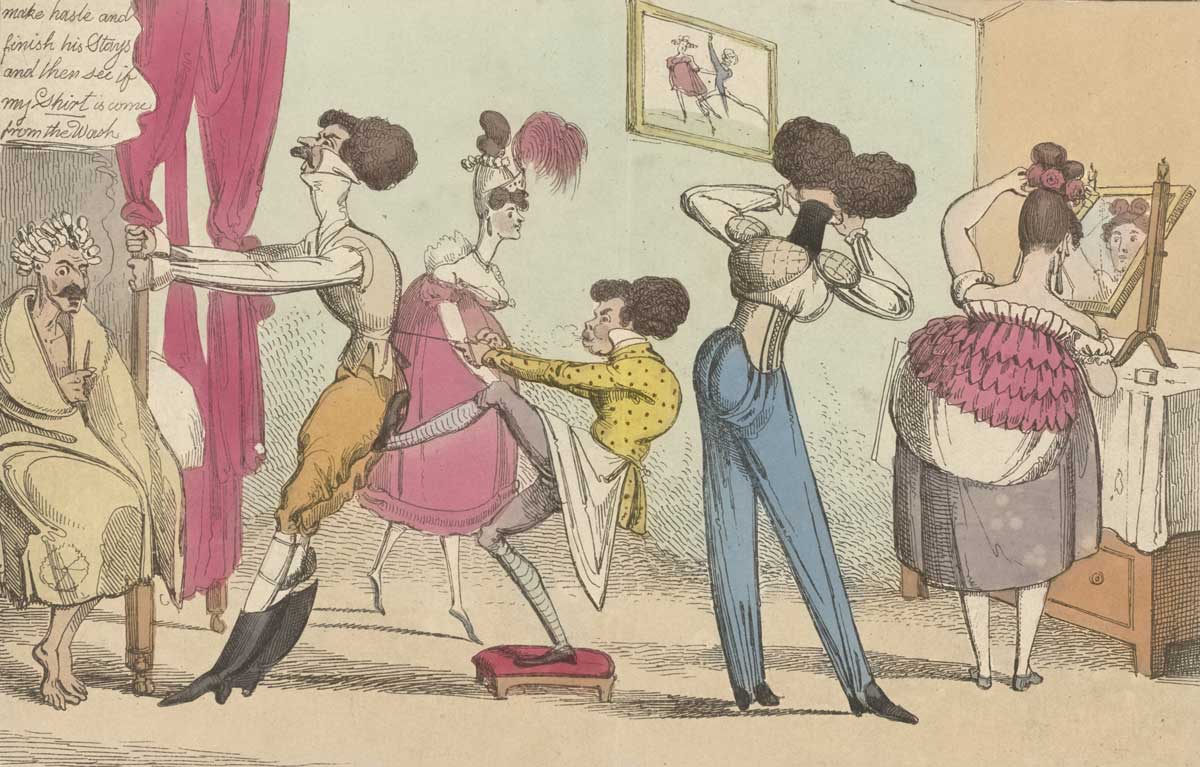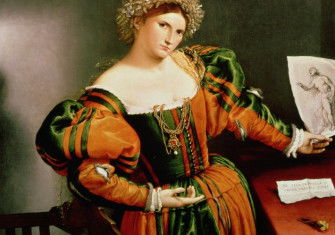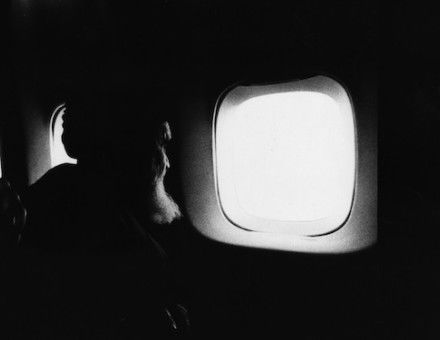Dedicated Followers
A thoughtful long view of men’s participation in, and consumption of, fashionable dress.

The fashionable man is something of a shape-shifter in the history of British dress. Alternately worshipped and reviled, he has represented – across various centuries – the vain ‘Fop’, the ridiculous ‘Fribble’, the flamboyant ‘Macaroni’, the posturing ‘Peacock’ and, most prominently, the exquisite ‘Dandy’. ‘A Dandy’, wrote the historian Thomas Carlyle in an oft-quoted passage, ‘is a clothes-wearing Man, a Man whose trade, office and existence consists in the wearing of Clothes ... others dress to live, he lives to dress’. This (rather monstrous) caricature has endured and thus men’s fashion as a topic of study has sometimes been reduced to overly simplistic analyses (usually tied up with questions of gender and sexuality), or ignored altogether in favour of women’s fashion. Of course, there are exceptions – Christopher Breward’s The Suit (2016) and Peter McNeil’s Pretty Gentlemen (2018) stand out – but a more holistic treatment of the topic has been long overdue.
With this in mind, Dandy Style: 250 years of British Men’s Fashion is most welcome. Published to accompany a landmark exhibition at Manchester Art Gallery (now expected to open in November 2021), Dandy Style is a thoughtful long view of men’s participation in, and consumption of, fashionable dress, which brings together a range of authors to provide a vibrant and meticulous new account of men, their clothes and sartorial self expression across three centuries. It considers elegance, subversion, globalisation and representation of the masculine in fashion and brings clarity to the historiography around dandyism. Richly illustrated and beautifully designed, it is both an intellectual and visual treat.
For various reasons, far less fashionable menswear has survived the centuries than fashionable womenswear; as Lambert notes, this has resulted in a ‘historical paucity of studies of men’s clothing’ and thus a distortion of the historical record as it relates to dress. Refreshingly, in addition to an excellent introduction on the history of men’s fashion and the intellectual frameworks that have defined its study, and chapters that illuminate the importance of portraiture, performance, and extravagance in menswear, Dandy Style prioritises surviving objects. Through them, the imbalance of museum collecting policy is highlighted, while the wardrobes of noted modern dandies (including that of the infamously modish Sir Roy Strong) are plundered and studied in microscopic detail for what they reveal not only about the lives of their wearers but about men, clothes and fashionable masculine tastes more generally. What emerges is the clear realisation that dandyism is more than just fashion history; it is a thriving modern fashion culture that stretches across social, economic, race and gendered boundaries. This is the triumph of Dandy Style; it is not encumbered by the caricature of the dandy as the wealthy white exquisite who lives to dress, it looks closely, stands back, shifts focus and sees beyond that caricature.
It has proved too tempting in the past to consign men who express an interest in fashion to some imagined category of people who mistake novelty bow ties for personality, or to assume that men who care about style and taste must be lacking in more ‘typically’ masculine interests. Dandy Style demolishes these clichés and shows that the relationships between men and the clothes they choose to wear is far more complex, far more interesting and, actually, far more fabulous than that.
Dandy Style: 250 Years of British Men’s Fashion
Edited by Shaun Cole and Miles Lambert
Yale 168pp £25
Jade Halbert is Lecturer in Fashion and Cultural Studies at the University of Huddersfield.






